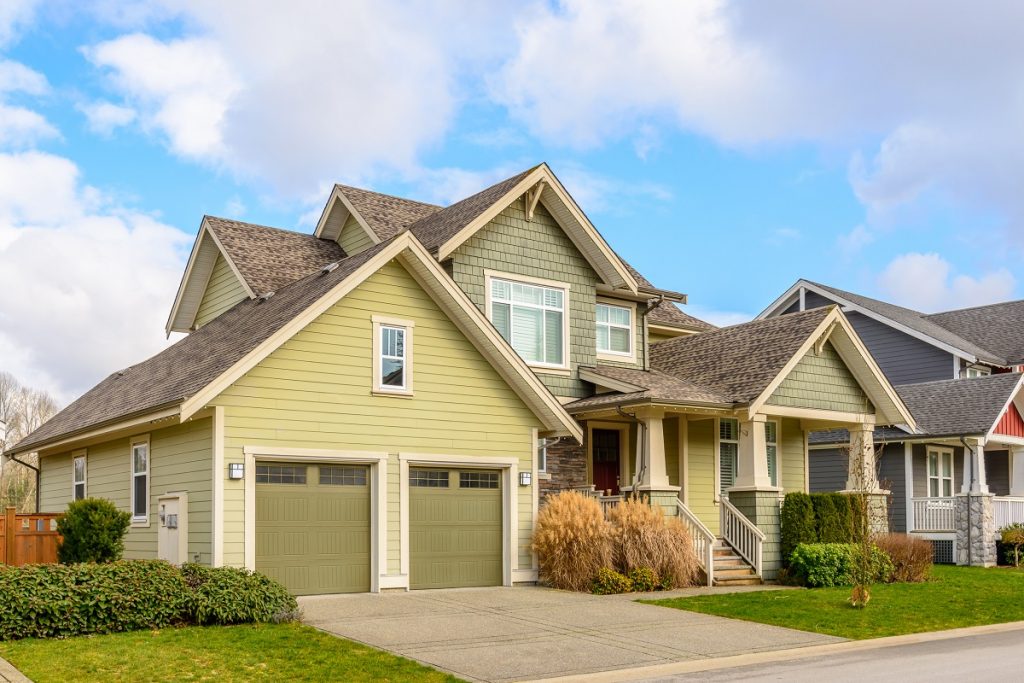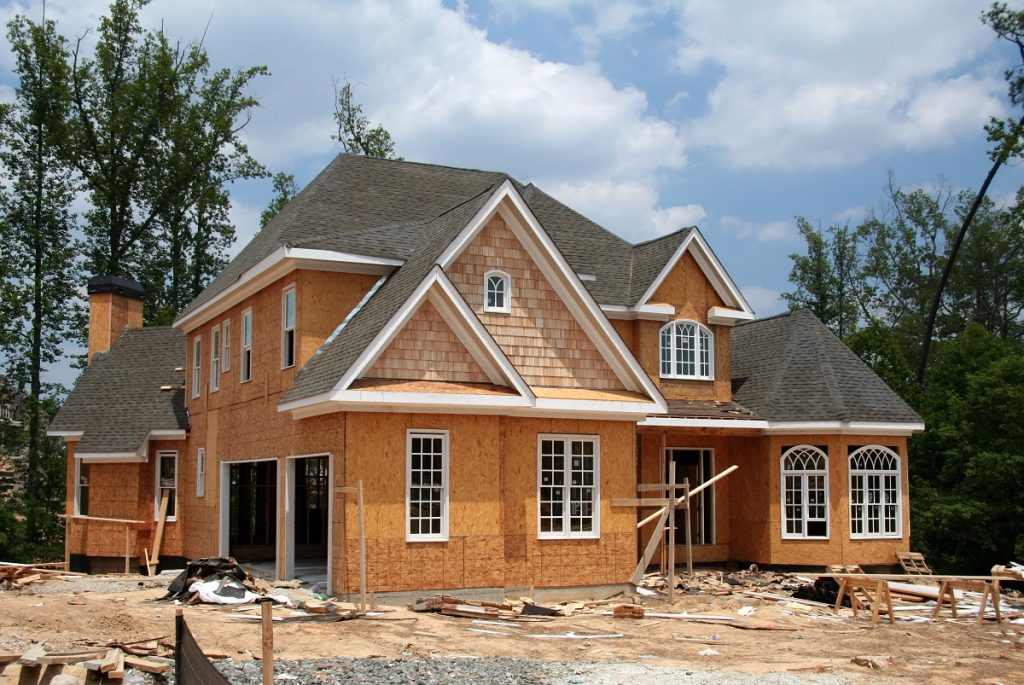The huge California wildfires in recent memory have burnt many homes to the ground. If you are rebuilding from the catastrophe, building a new home, or simply reside in a wildfire-prone location, you have to take precautions to keep your home incinerated from the outside. But how do you wildfire-proof a house? Here are some tips.
Building codes are not enough
Just because your home is compliant to building codes, it does not mean that your home is entirely fireproof. Building codes are mainly designed to protect a house from fires that start indoors, such as from a short circuit or a cigarette. These fires are expected to grow slowly and eventually reach the structure of the building. So, safety designs are rated in terms of hours, and how long the structure stays up for people to get out and firefighters to get in.
A wildfire attacks your house from outdoors. Blown to your property by strong winds, its temperature peaks in seconds, passes your home and goes within minutes as soon as it consumes all standing fuel. It can start secondary spot fires on and inside your home by wind-driven embers and flames. Designing your house to withstand a tremendous but brief exterior flame attacks can give it a good chance of survival.
Expand your site layout
You need to get at least a hundred feet away from the wildlands, and make sure that there is only incombustible materials in between. You can use driveways, patios, or fire-retardant landscaping to shield your house within this distance. The fire can come from any direction, but you should pay extra design attention to an upslope fire, which is one of the most dangerous.
Make it easy for firefighters to get close go and around the house. Your site layout should have wide driveways and turnarounds, so firefighters can easily bring in heavy equipment close to your home. Backing a fire truck out of a narrow driveway is dangerous and difficult, especially if they need to leave quickly.

Have an ignition resistant roof
Spanish-style roofs have cracks and openings that make it easy for strong winds to drive embers inside the attic. For an existing roof, you can use firestopping sealant or boards. If you are designing a new roof, choose fire-rated materials that tightly interlock and are installed on top of a fire-resistant cap sheet.
Make your exterior ember resistant
Homes built of tile, stucco, adobe, face brick, concrete block, or metal siding are climatologically appropriate by themselves. However, you need to pay attention to the underside of overhangs, like underfloor areas, roof soffits, decks, and cantilevered balconies. Temperatures are the highest in these parts, and flames tend to be trapped here. Bolster the structural integrity of these areas, and install double layers of protection. Rebuild overhangs with non-combustible materials, such as a fire-rated and water-resistant decking system.
Louvers and vents
Protect large vents in attics and underfloors with fire dampers with fusible links or metal wire screens. Make sure that there are automatic back-draft dampers and other fire-rated assemblies in every dryer, bathroom, and kitchen vent where they are in the exterior skin of your home. Plastic plumbing vents should be covered by metal hoods and sleeves where they penetrate your roof.
There is a reason behind the phrase “spreads like wildfire” — fire spreads rapidly and in all directions the winds take it. Even if you do not live by the wildlands, your home should be equipped to survive this voracious inferno.

